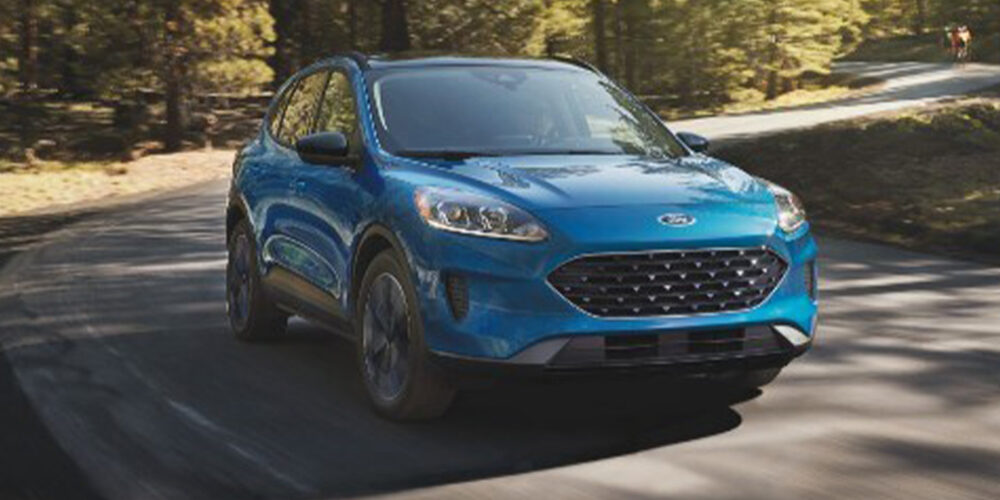What is Cold Cranking Amp (CCA) Rating?
This industry rating measures the cranking power a battery has available to start a car’s engine at 0 degrees F. Battery Council International defines it as the number of amperes a lead acid battery at 0 degrees F can deliver for 30 seconds and maintain at least 1.2 volts per cell.
What is Cranking Amp (CA) Rating?
Similar to CCA; Cranking amps is a measure of the number of amperes a lead acid battery at 32 degrees F can deliver for 30 seconds and maintain at least 1.2 volts per cell. (CA ratings are more commonly used in climates where temperatures rarely drop to 0F.)
What is Reserve Capacity (RC)?
A battery’s Reserve Capacity represents the length of time the battery can maintain the vehicle’s electrical needs in the event the alternator fails. Battery Council International defines Reserve Capacity as a measure of the time (in minutes) a lead-acid battery can deliver 25 amps at 80 degrees F and maintain terminal voltage of at least 1.75 volts/cell.
How can I determine what is the correct battery for my vehicle?
Consult your vehicle’s owner’s manual. It will provide the vehicle manufacturer’s group size and CCA rating requirements for your car. Or, ask your battery retailer to refer to his battery application materials for recommended fitment. Remember: Never use a battery with a CCA lower than the manufacturer’s recommendation. Also, whenever available, a battery with a higher CCA is more capable of providing for the electrical needs of older vehicles, and will not adversely affect the vehicle’s electrical system.
Why is battery power not always proportional to its size?
A battery’s group size is simply a measure of the physical dimensions of the battery. This measure has no relation to the battery’s electrical capacity. Regardless of group size (physical dimensions), two batteries are equal in power if the RC and CCA ratings are the same.
What effect does extreme cold have on my battery?
Cold temperatures dramatically reduce the effectiveness of chemical reactions within the battery, while increasing the battery’s internal resistance. Both of these cause a reduction in cranking power as temperatures drop. Batteries left in a discharged state are also susceptible to freezing, which damages internal components and containers. Cars require an increased amount of cranking power in cold weather, due to the fact that motor oil is thicker and makes engines harder to crank.
What effect does extreme heat have on my battery?
Heat is the number one cause of battery failure. Extreme heat causes the water in the battery’s electrolyte to evaporate. Further, heat causes a battery’s positive plate grids to corrode more rapidly. Both of these conditions are detrimental to the long-term life of a battery.
Courtesy of Exide Batteries.
For information on products offered by Exide Batteries, visit www.exide.com.













